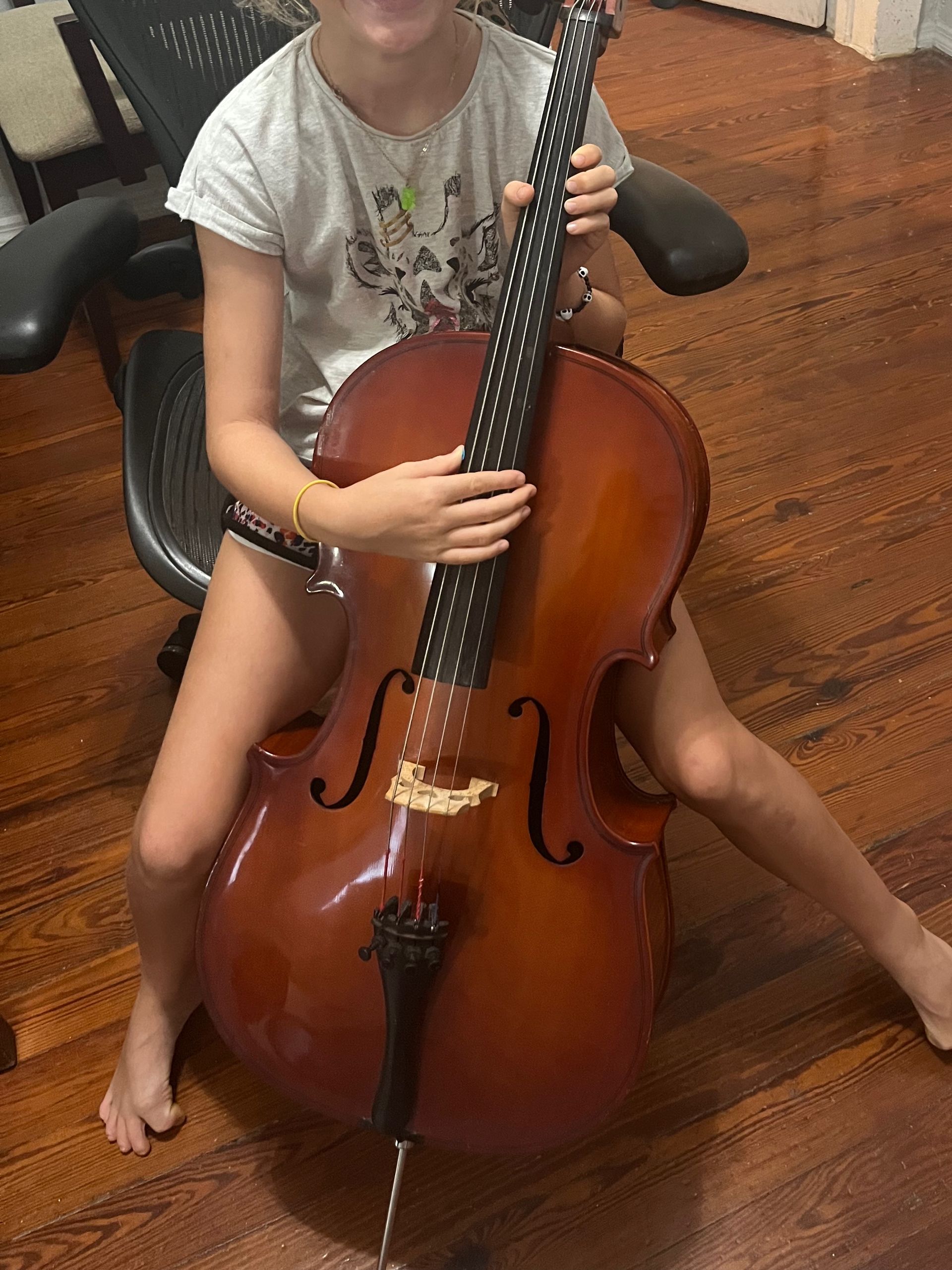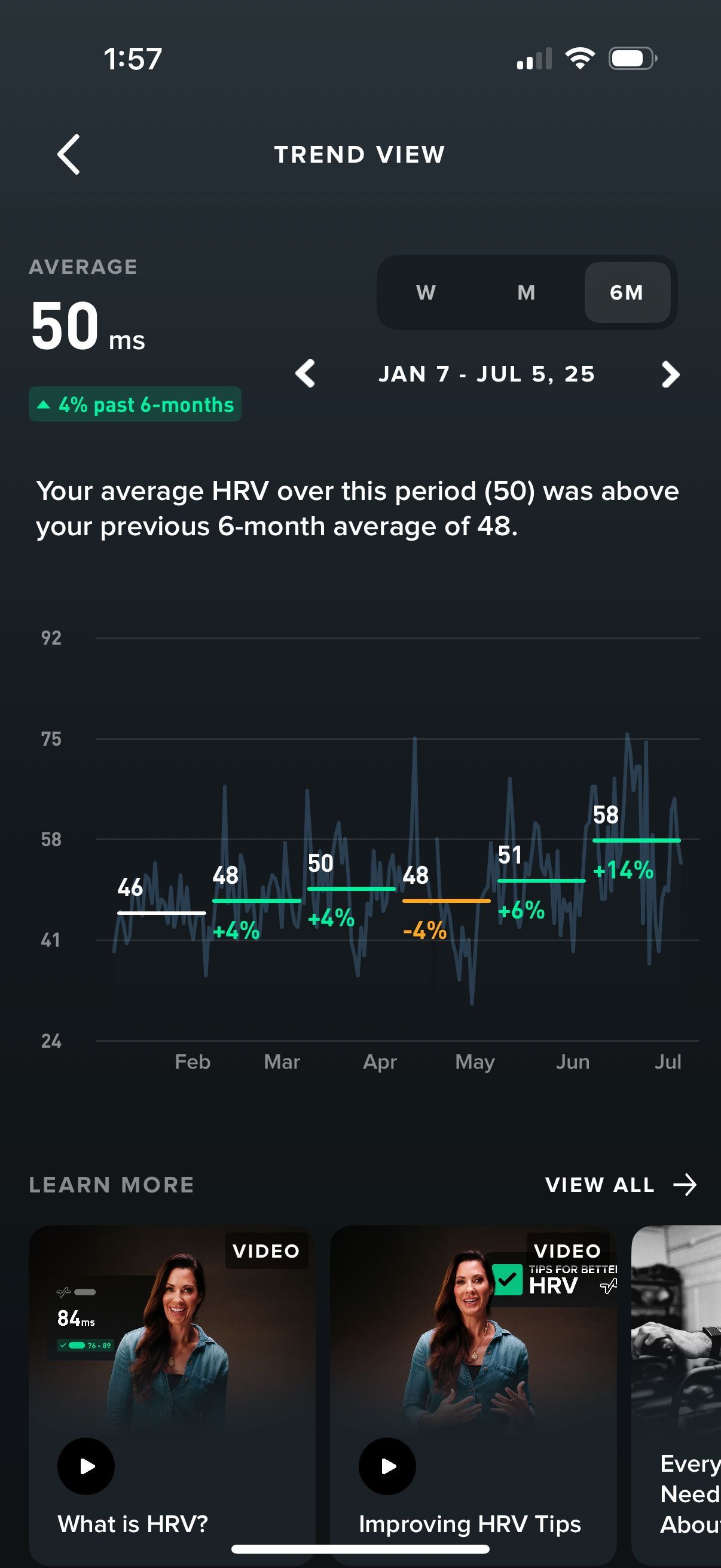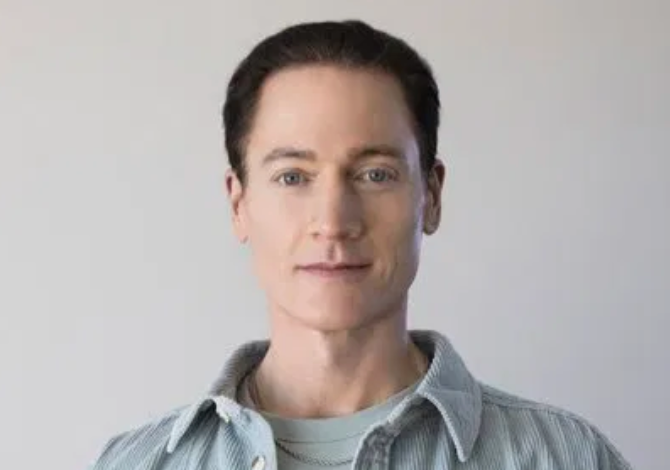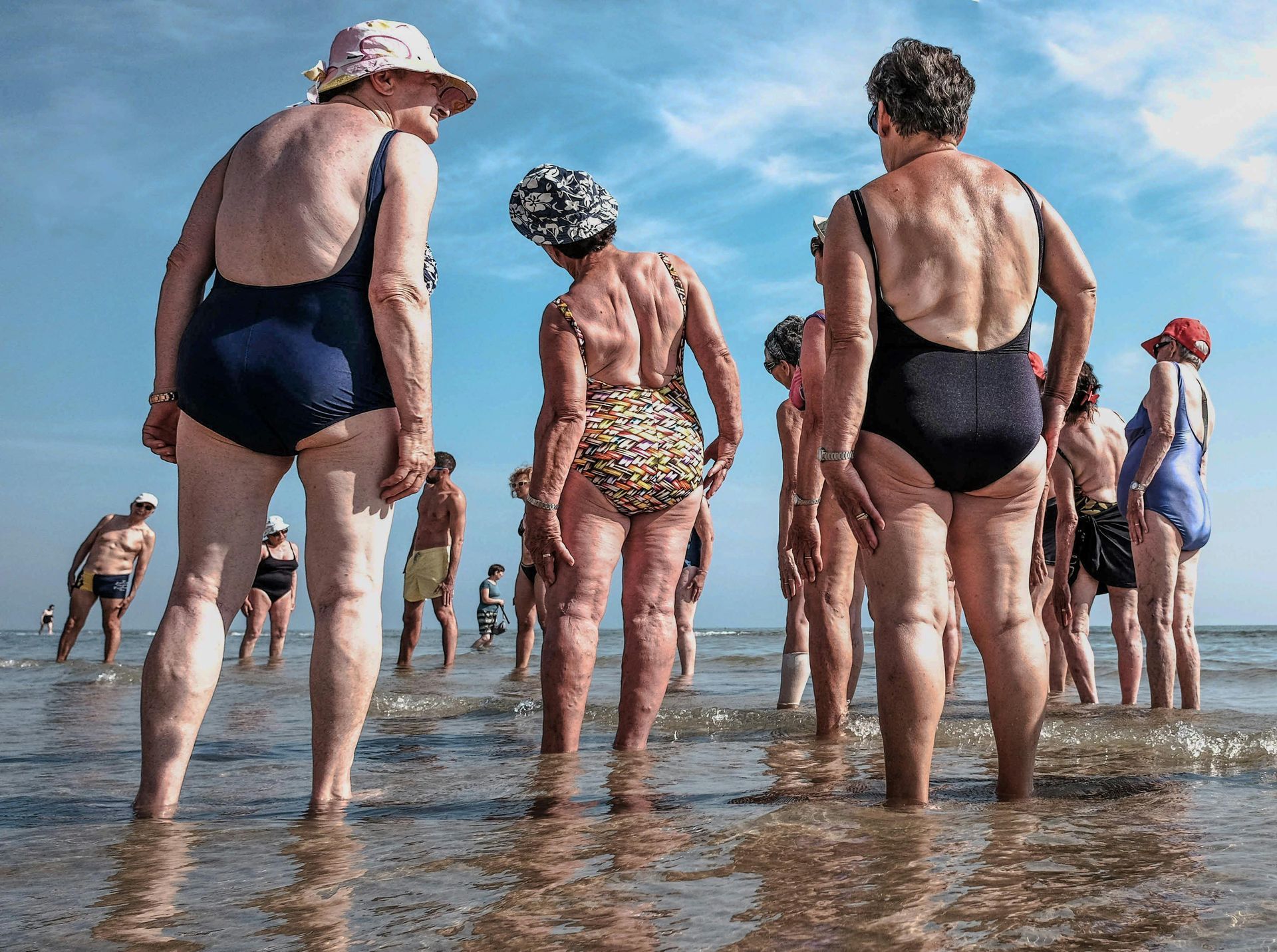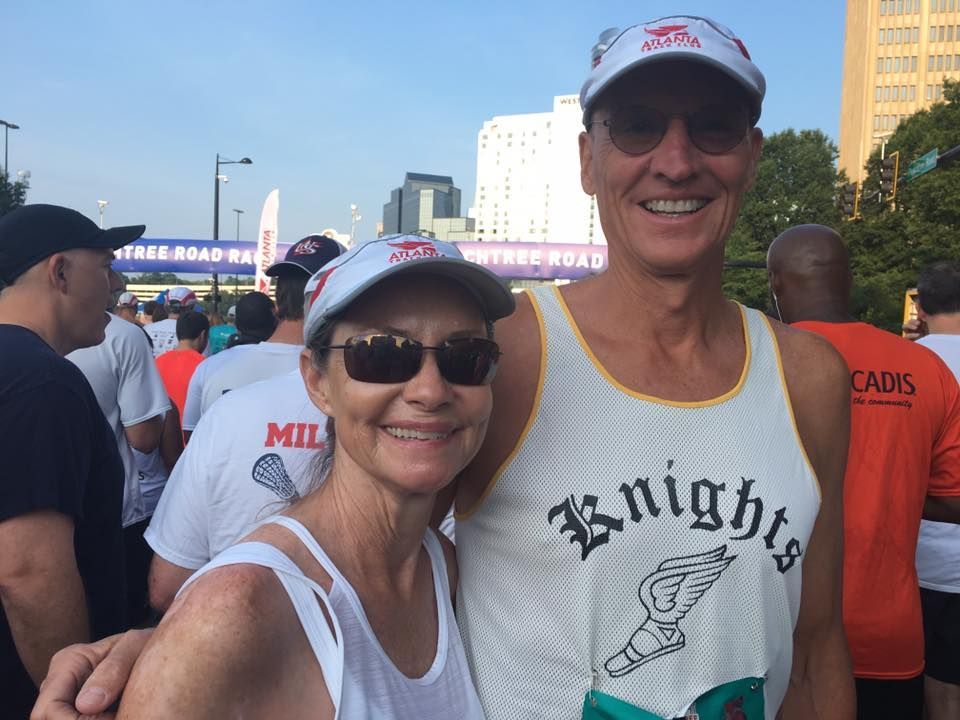Crafting the Life You Want, Here and Now
Seneca, the ancient Stoic philosopher, once penned a line that continues to reverberate through time: "Putting things off is the biggest waste of life: it snatches away each day as it comes, and denies us the present by promising the future." For many, this serves as a clarion call, beckoning them toward sweeping life changes. The need for a new job, a change of scenery, a different relationship – these transformations can appear as the only routes to the life we yearn for.
Yet, more often than not, the scale and perceived difficulty of these changes becomes a formidable deterrent. They loom large, seeming insurmountable, and the fear of failure often tethers us firmly to the familiar. In such circumstances, change is postponed indefinitely, leaving the promise of a fulfilling life an unfulfilled dream. But what if I told you there's an alternative path?
Renowned scholar Joseph Campbell, famed for his work "The Hero with a Thousand Faces", proposed a different approach: "If you follow your bliss, you put yourself on a kind of track that has been there all the while, waiting for you, and the life that you ought to be living is the one you are living." What if we could reshape our lives here and now, without grand gestures of change, but through a series of small, deliberate actions towards our desires?
This epiphany resonated deeply within me, as I found myself stuck in a loop of future-focused anticipation. I was dreaming of a life as a writer but spent precious little time penning words. I clung to the comfort of the phrase "once I retire", letting it absolve me of the responsibility of starting now. The unpredictable nature of life, however, makes such promises to our future selves illusory. A profound shift in my understanding occurred, thanks to the wisdom of my mentors and friends: I didn't need to wait for retirement to become a writer. The roadblock wasn't my inability to earn a living from writing right away. The true obstacle was the absence of writing in my daily life.
Embracing this realization, I revised the composition of my days, carving out spaces for writing and learning. Instead of waiting for a distant tomorrow, I chose to engage with my passion in the here and now. In my quest for a writer's life, I had allowed Seneca's quote to drive me towards a complete life overhaul, a daunting prospect that only further delayed my pursuit. Joseph Campbell’s wisdom illuminated an alternative path, showing me that massive change wasn't a prerequisite for realizing my dream. It became clear that my lofty expectations were an artfully cloaked form of procrastination.
In a twist of irony, the very desire to change everything had become the obstacle to changing the one thing that mattered most – the incorporation of writing into my everyday life. Both Seneca and Campbell were right: I had been squandering my life, pushing away what I wanted to do, and the life I wished to live. Yet, I held the power to pursue what for me was a fulfilling life the entire time. It existed within me, merely waiting to be acknowledged and expressed.
The lesson is simple but profound. The life you desire doesn’t necessitate an upheaval of your current circumstances. It calls for a change in perspective, an understanding that you can take steps towards your dream life today, from exactly where you are. I’ve started on this journey, and I hope you find the courage to do so as well. Every day offers an opportunity to align your actions with your aspirations. Start small. Start now. The life you want is not just a destination, but a journey to be enjoyed in the present moment.


